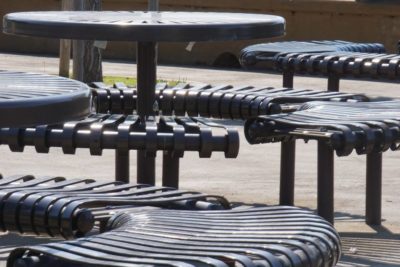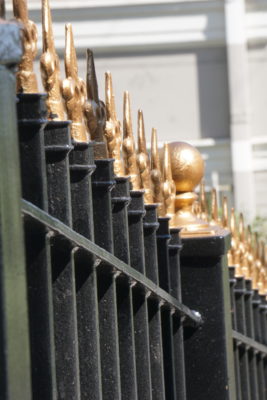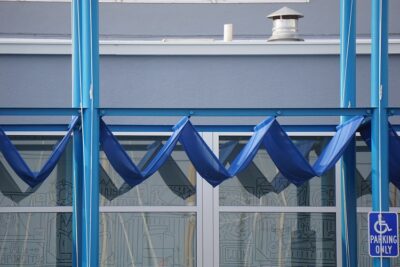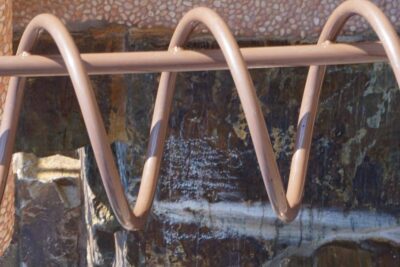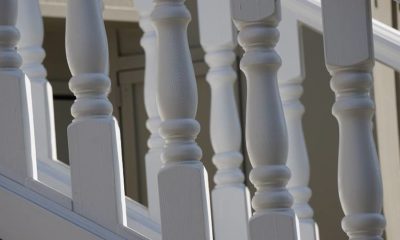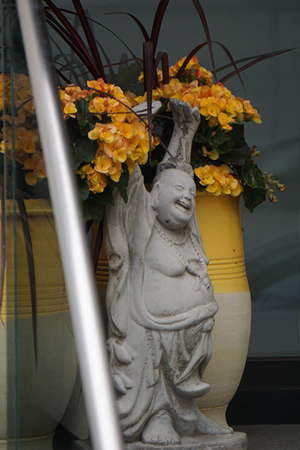Ultimately my dad relented and the tree was safe until the next time it annoyed him.
Eventually we moved away and most of the farm was sold, turned into a subdivision with streets, houses and no fences. But at times I wondered about that fruit tree.
As an adult, my affinity for plants is the way others feel about their pets. I can’t say I have the greenest of thumbs, but I feel a protectiveness and companionship. My living space isn’t complete without plants. When we move, I rent a vehicle specifically to move my plants. Even though I don’t have that many of them, I want them to be comfortable and to survive.
So it was out of character, in preparing for a cross-country move, when I thought about leaving a plant behind. It had lost all but one of its leaves and was nothing more than twigs on a quarter-round trunk-like stalk. “I don’t know what to do with it. I can’t throw it away and no one would want it,” I told my partner. “If it’s still bare when we leave, maybe I’ll just set it in the vacant lot beside our house. Then it’s on its own.”
Within a week, buds popped up on its twigs. By the time we were ready to go, it had sprouted three leaves, all on the same side of its trunk. “I guess it wants to go with us,” I said, amazed at its effort to show it was alive.
A few months ago I visited my hometown after decades away. Driving by the farmhouse I was born in, on the edge of the subdivision that used to be our farm, I thought about the fruit tree I’d fought to save as a kid. Then I noticed, about where I remembered it should be, an old tree and a single fence post. Surely not, I thought.
I turned into the drive, got out of my car, walked to the tree and felt an elated sense of anticipation and discovery. I looked under it, around it, touched its crispy, tattered leaves. Took one and examined its lightly serrated edges. It’s an old tree, for sure. Split and speckled. And an old fencepost, pocked and shredded. Could it really be?
Returning home, I checked the web. Pear trees in the wild can live more than 50 years. That meant, it could be my childhood tree! I was ecstatic. The tree I’d defended was still alive, anchored in land I once loved.
But then, as I so often do, I questioned. Is it even a pear tree? I’m not sure how to tell. Maybe it’s a different tree planted later in the same spot, I reasoned. But why would someone plant a new tree in a fence row? And if that was the case, why leave the fence post but take away the fence?
I couldn’t just let the questions go unanswered, so I shared the tree’s picture with the Missouri Native Plant Society to find out what kind of tree it is. Probably a plum tree, they think. Well, what to make of that? Maybe I’m misremembering the fruit. According to my research, it’s uncommon, but some plum trees are known to live 30 years in the wild. That timespan, though, wouldn’t be long enough to make it my tree.
So I don’t know if it’s my tree. But does a “yes it is” or “no it’s not” really matter? Facts are important. But sometimes they’re not the takeaway from an experience. When our house plant quickly sprouted leaves, I simply accepted my immediate sense that it wanted to go with us. I didn’t second-guess my interpretation. Nor did I struggle to explain its sudden growth spurt. Through multiple moves, I’ve watched, with pleasure, its continued leafing. It now sits on our porch, content and full. My immediate sense of the old plum-pear tree felt like embracing a long lost friend, one I’d helped to survive. Perhaps that’s the takeaway. Whether my tree lived only 5 more years and was replaced, or lived 50 more and still exists, it was a visceral reminder that, like friends, plants and people can connect, the life force of each enlivening the other.
Today, as I’ve been worrying about the facts, my brother sent a photo. That old tree is blooming, and it’s a cherry tree. Black cherry trees can live up to 250 years.
